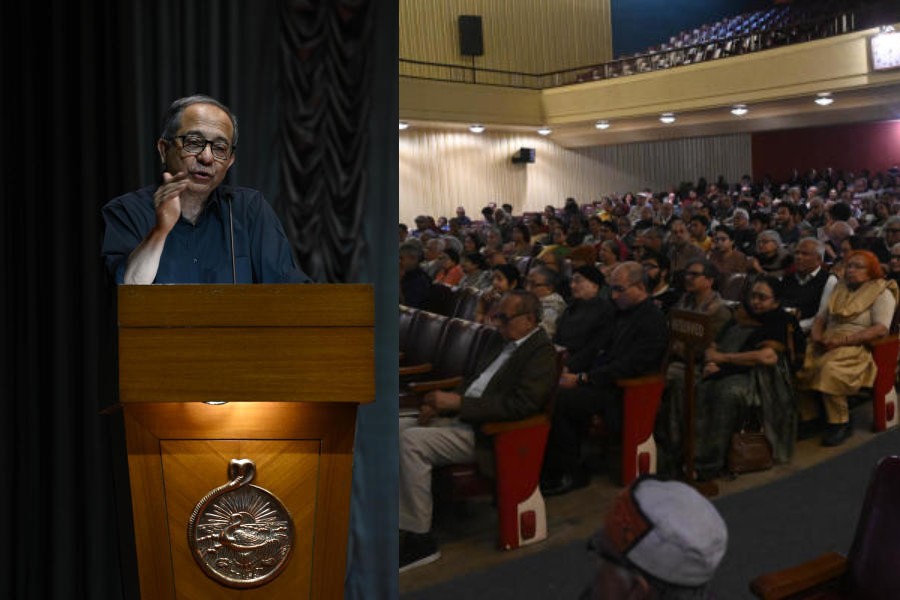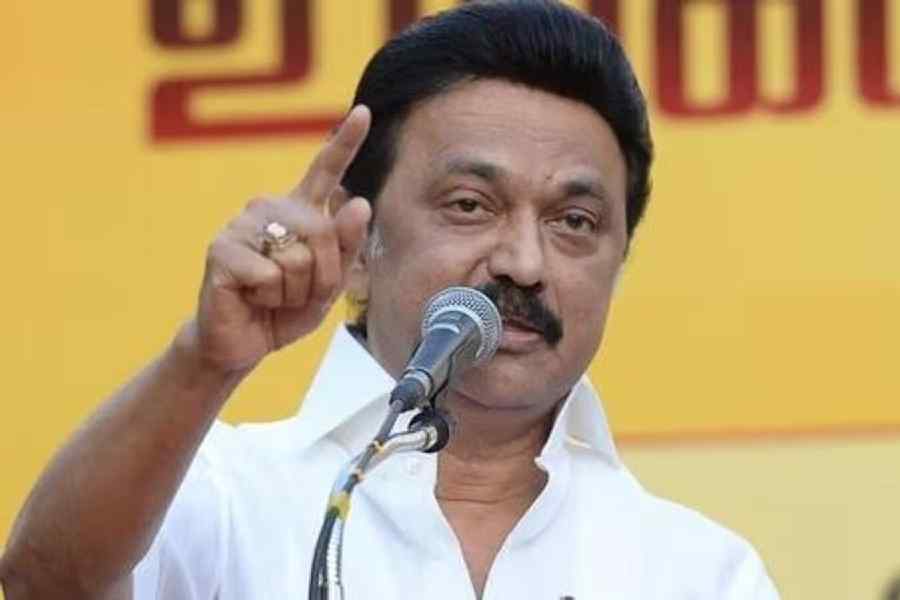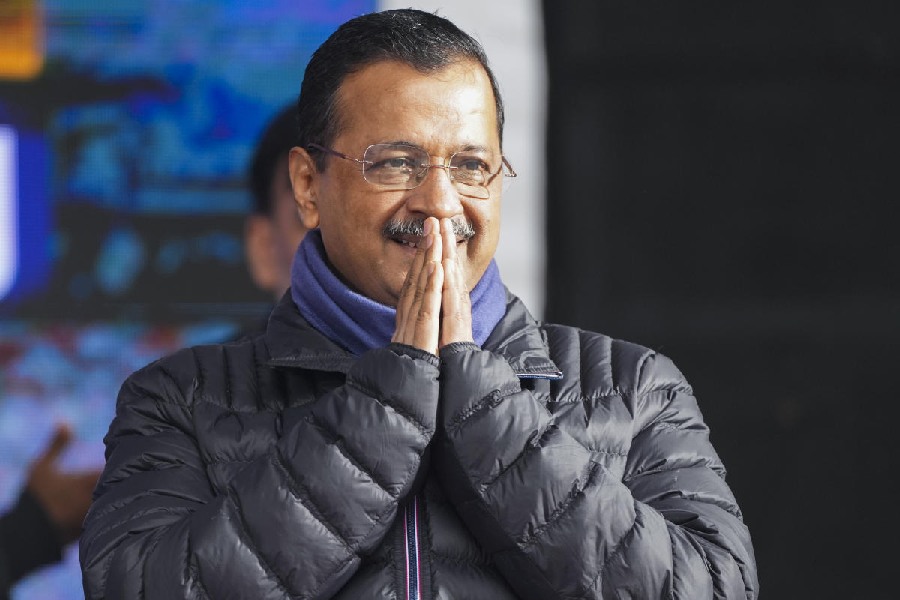India’s growth rate makes good headlines but the fine print throws up several concerns, said economist Kaushik Basu.
“The overall growth picture, the headline, it is fine. But once you go below the headline, there are many, many worries which we have to pay attention to.... The worries are in the fine print.... I want to get into some of the fine print because it is utter foolishness if we just feel good by looking at the headlines,” Basu said, delivering the Dr Biren Roy Memorial Lecture at the Ramakrishna Mission Institute of Culture in Calcutta on December 20.
The topic was “The Global Economy at a Turning Point: What Should India Do?”
Basu, a professor of economics at Cornell University, said India was growing “roughly at 7 per cent per annum”.
“It is less than what we were doing. But the whole world is going through a troublesome phase.... The growth rate dropped to 5.4 per cent from July to September. It is a short-term blip. But even then, it is not bad,” he said.
India’s economy is forecast to grow 6.5 per cent in the current and next financial years, a recent Ernst and Young report has said. Government capital formation has contracted sharply in the first half of the fiscal and needs to be ramped up to meet 6.5 per cent growth, the report warned.
The real GDP growth eased to a seven-quarter low of 5.4 per cent in July-September, the second quarter of the current 2024-25 fiscal, against 6.7 per cent in the preceding quarter.
At the packed Golpark auditorium, Basu explained the issues that he said needed urgent attention, beginning with the lack of jobs that made the growth “very skewed”.
“Unemployment, especially youth unemployment, is very high. This is causing inequalities to rise. There are studies that are showing that the overall distribution is not good. If you take the top few, the top 1 per cent of India and the rest, that gap has gone back to pre-1947 level. It is one of the worst situations in terms of rise in inequality and youth unemployment is no doubt hitting us on that,” he said.
According to the World Bank, India’s youth unemployment rate was 15.79 per cent in 2023, much higher than countries like Vietnam and Singapore.
India’s export and trade figures were also worrying, he said.
“The export-to-GDP ratio was 10 per cent in 1998. In 2006, it doubled to 20 per cent. In 2013, it went up to 25 per cent. Since then, it has been falling again steadily. It is down to about 20 per cent. But when China was at this stage, China’s export-to-GDP ratio was 35 per cent. Vietnam is now at 40 per cent. India should have been much higher but it has been falling since 2013,” said Basu, who was the chief economic adviser to the Indian government from 2009 to 2012.
He attributed the gaps to policy mistakes. “Tiny ones. I don’t think there is any deep intrigue in the policy mistakes. But the best minds are not being marshalled for this.”
India’s savings rate, which peaked to 39 per cent of the GDP in 2008, started dipping slightly since 2011, Basu said. “Now, it is at 30 per cent. From 39 per cent to 30 per cent, it happened fairly steadily,” he said.
“I don’t think these are getting enough attention. We are so hung up on headlines that things beneath are not getting attention. So, for the common people, it is almost like a recession hitting them while the GDP is still continuing to grow very well,” he said.











